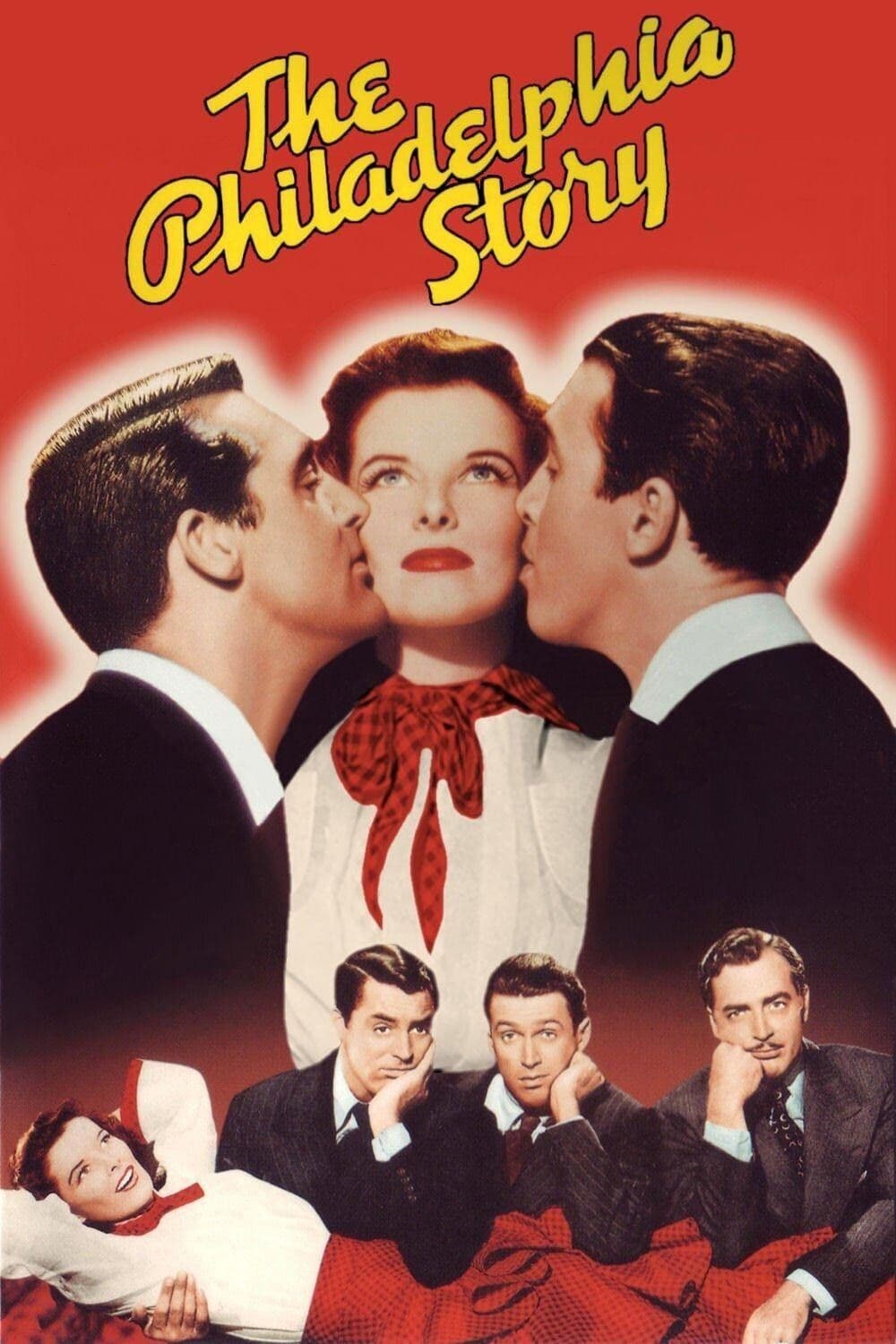
The Philadelphia Story
1940
Rate this movie
Average: 0.00 / 5
(0 votes)
Director
When George Cukor began shooting The Philadelphia Story, he immediately realized that the film would simply be created by its three main actors (Cary Grant, James Stewart, and Katharine Hepburn) with their innate artistic talent combined with a natural predisposition for refined and brilliant comedy.
And so it was.
The subject, if we want to put it that way, is a typical Hollywood trope where the love triangle gives rise to a barrage of misunderstandings that form the backbone of the film.
The Philadelphia Story (1940) is a sophisticated and brilliant comedy that has charmed generations of viewers with its mix of elegance, irony, and romance.
George Cukor, with his directorial sensibility, masterfully orchestrated a stellar cast, creating a perfect alchemy among the three actors.
The film is a gem of refined comedy, where brilliant dialogue and ambiguous situations blend with a deep analysis of human relationships and social dynamics.
The Philadelphia Story is a film that addresses themes such as love, marriage, social class, and the pursuit of happiness with a touch of lightness and, at the same time, depth, a work that continues to fascinate and entertain us with its elegance and rarefied intelligence.
The plot, adapted from a stage play by Philip Barry, takes shape within Philadelphia's high society, where Tracy Lord, a young and wealthy heiress, is about to marry George Kittredge, an ambitious man from a humble background.
But her wedding is jeopardized by the arrival of Dexter Haven, her ex-husband, who seeks to win her back.
Further complicating the situation is Macaulay "Mike" Connor, a cynical and charming journalist who falls in love with Tracy.
Amidst lavish parties, misunderstandings, and plot twists, Tracy finds herself grappling with her feelings and her expectations about life and love.
Tracy Lord thus finds herself torn between three men: her ex-husband Dexter Haven (Cary Grant), her fiancé George Kittredge (John Howard), and the journalist Macaulay Connor (James Stewart).
Each of these men represents a different facet of Tracy's personality and embodies a different ideal of love and life.
Dexter represents the past, passion, and adventure; George the future, stability, and convention; Mike the present, understanding, and rapport.
Tracy, through her interactions with these three men, embarks on a journey of self-discovery and personal growth, which leads her to understand her true desires and to choose the man who loves her for who she truly is.
Over the years, the theme of the love triangle has evolved, adapting to social and cultural changes.
While in classic films like The Philadelphia Story the love triangle was often resolved with a happy ending and a clear winner, in more recent films the theme is addressed with greater complexity and ambiguity, questioning traditional conventions and gender roles.
For example, a refined and introspective author like Truffaut, in Jules and Jim, uses the narrative device of the Love Triangle to explore themes such as sexual freedom, friendship, and the pursuit of happiness within a context of great cultural and social ferment.
The comparison between the two films highlights the evolution of cinematic language and social sensibility over the years, but also the persistence of universal patterns that both Cukor and Truffaut masterfully utilize for narrative function.
A work that still today teaches filmmakers what comedy means and how to stage it.
Cukor's greatness lies in making the story's comedic elements appear absolutely natural and functional to the narrative.
A disarming naturalness that helps the viewer feel at ease, lulled by an atmosphere of joyful serenity.
Cukor's film, with its elegance, intelligence, and modernity, continues to inspire filmmakers and captivate audiences of all ages.
Country
Gallery

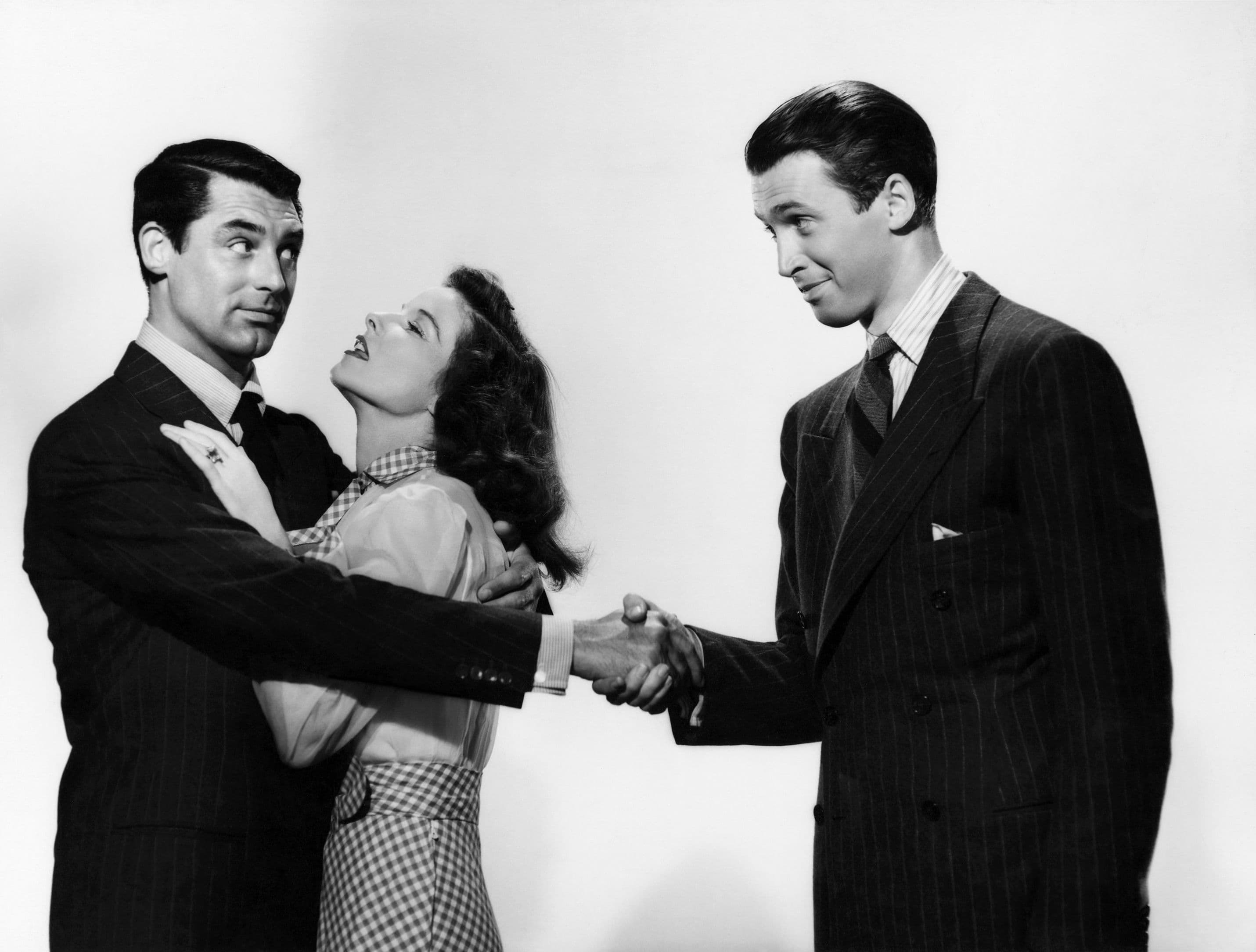
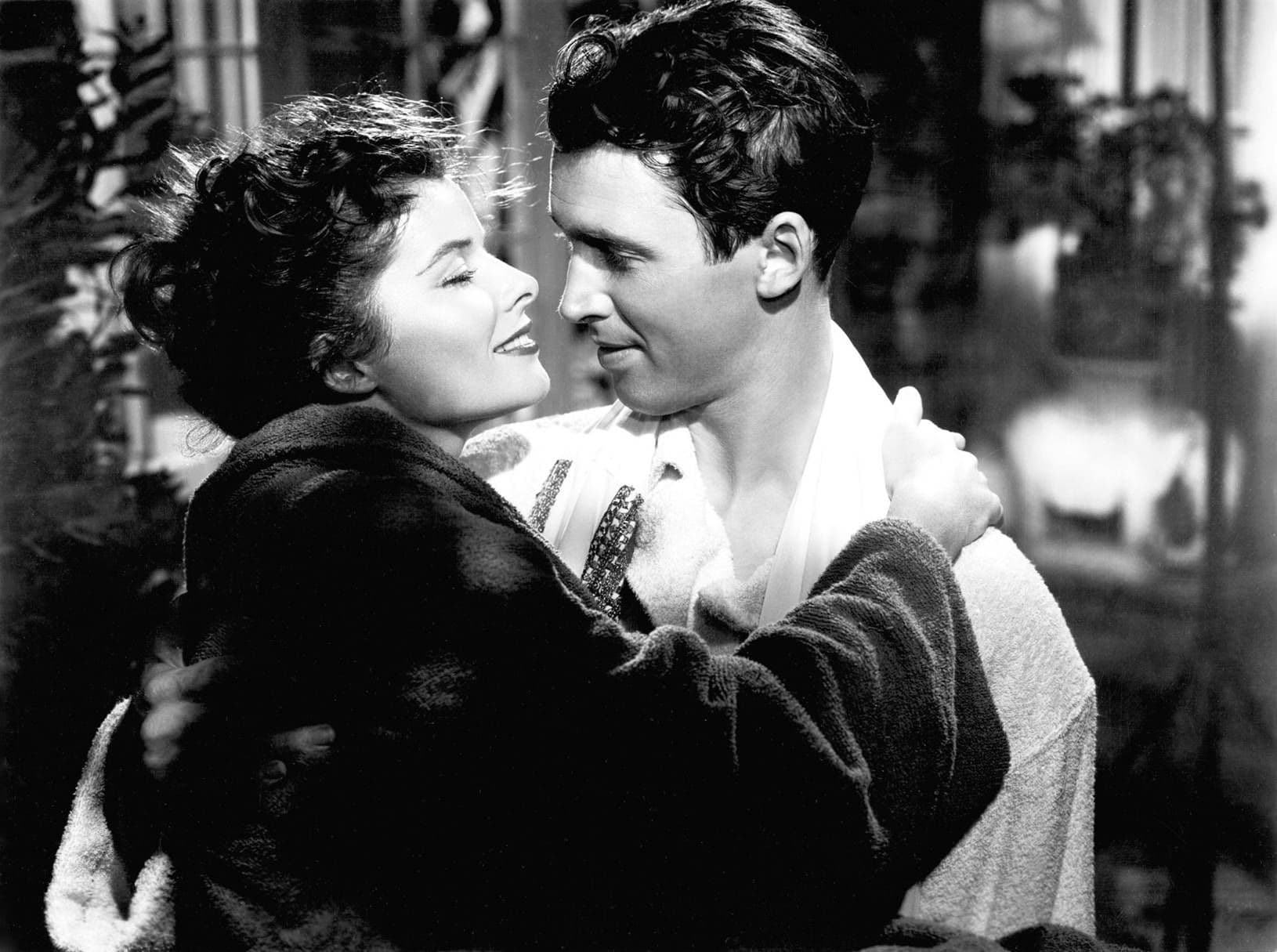
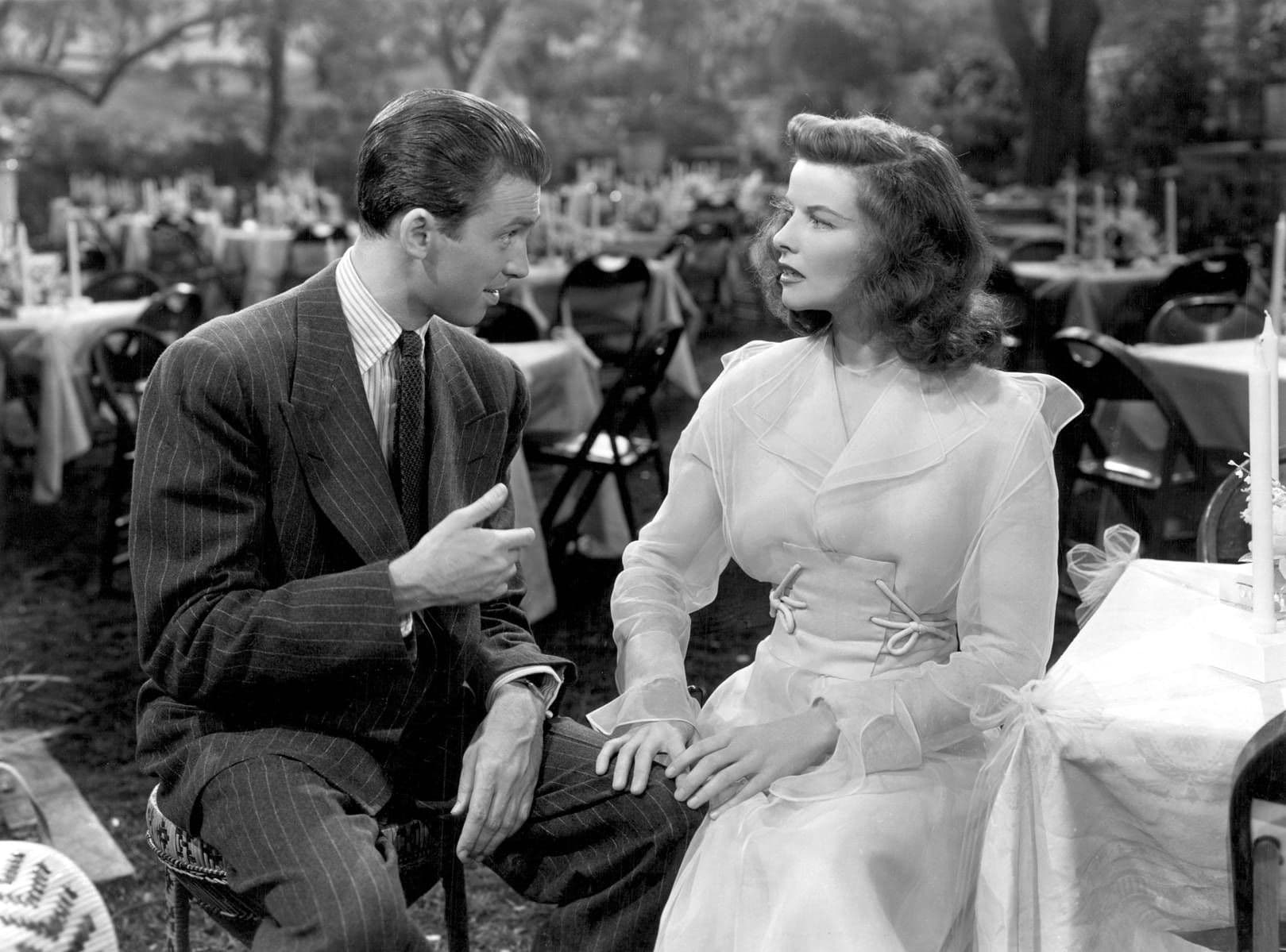
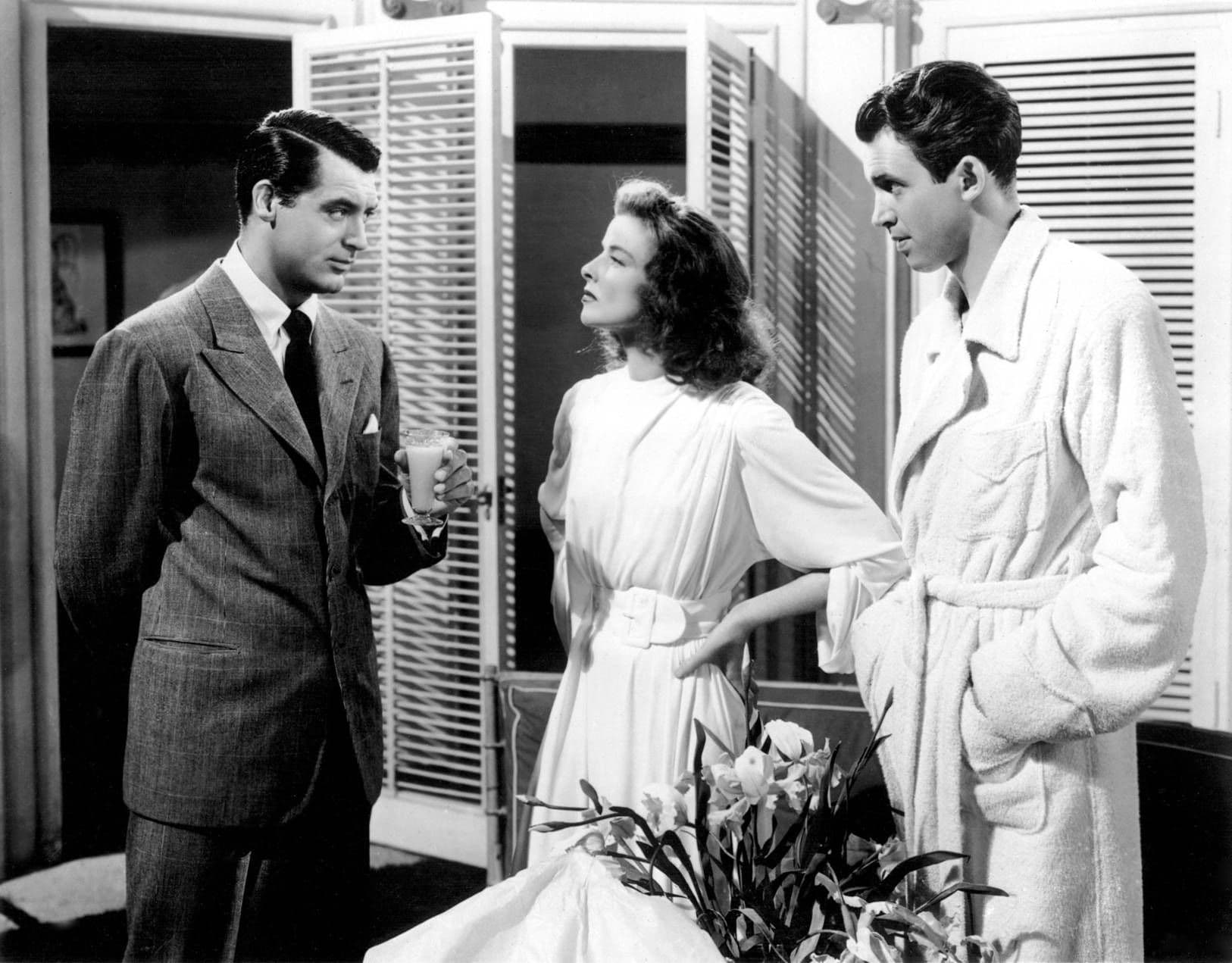

Comments
Loading comments...